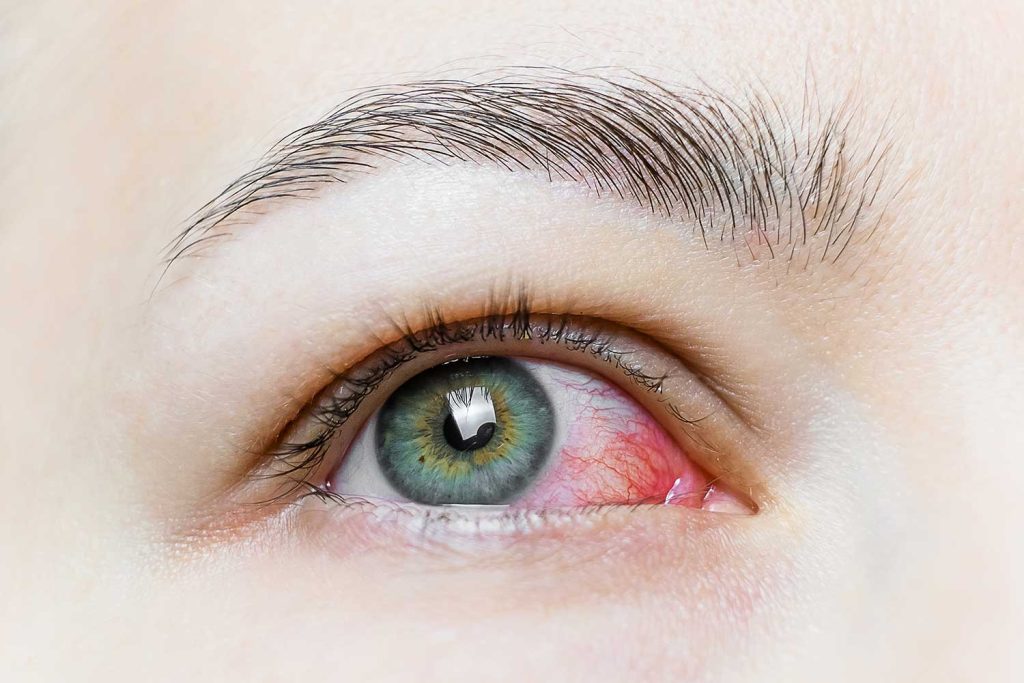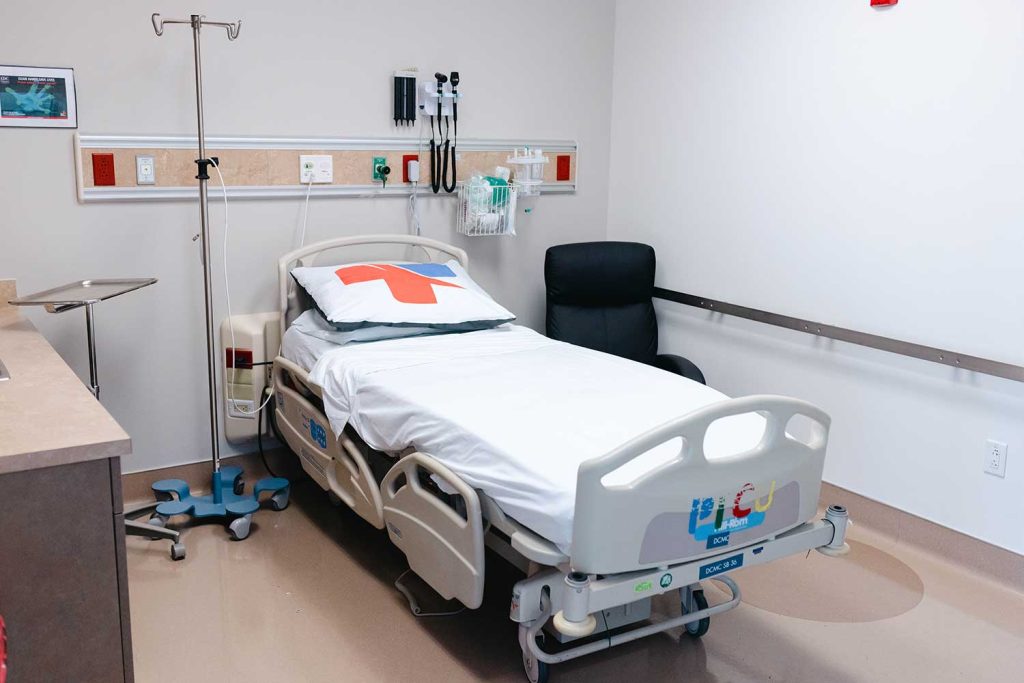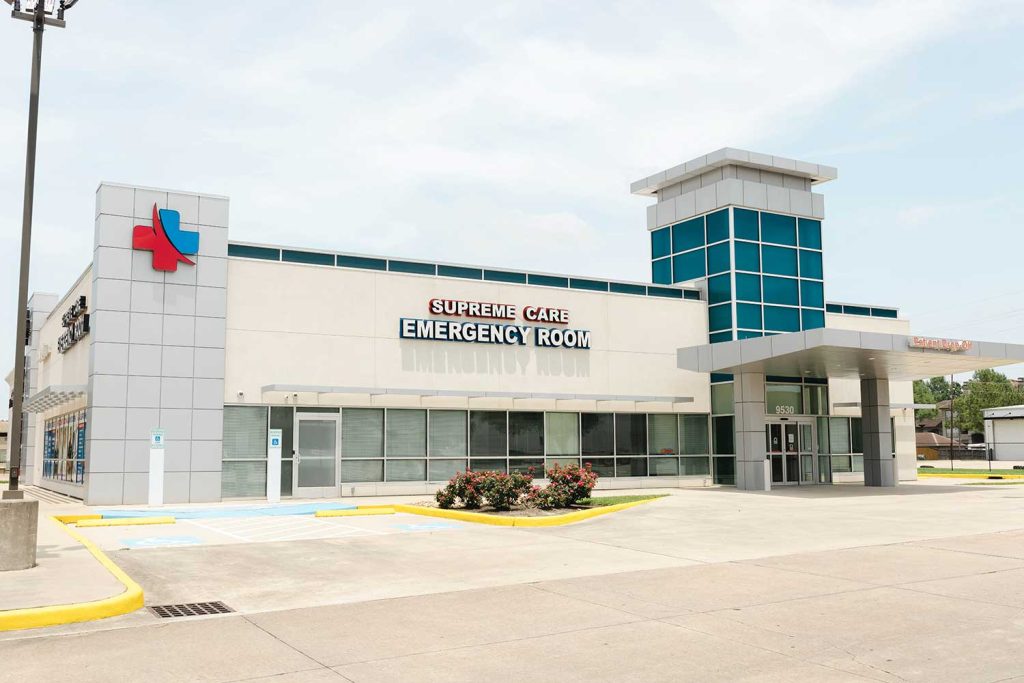Top Back to School Illnesses Guide for Parents
As parents, the back-to-school season brings a mix of emotions – excitement for your child’s growth and a touch of worry about the challenges they might face. Among these challenges are the inevitable encounters with common childhood illnesses that seem to thrive in school settings. We understand the concerns that keep you up at night, and that’s why we’re here to offer a comprehensive guide to the top back-to-school illnesses. From identifying symptoms and causes to effective prevention strategies, and even knowing when it’s time to turn to the emergency room – consider us your partners in this journey.
At Supreme Care ER the finest emergency room in Cypress Texas near Jersey Village, we’re happy to provide you with the emergency care that you need in the event of a medical emergency.
Common Cold
Ah, the common cold, a top contender in the back-to-school illnesses arena. This viral infection is like that uninvited guest who overstays its welcome, bringing with it a runny nose, sneezes, coughs, and a subtle fever.
- Causes: Various strains of the rhinovirus and other respiratory viruses are responsible for causing the common cold.
- Symptoms: Recognizable symptoms include a runny nose, frequent sneezing, persistent cough, sore throat, mild fever, and overall fatigue.
- Prevention: Preventing the spread of the common cold involves simple yet effective measures like frequent handwashing, steering clear of close contact with sick peers, and teaching children the importance of proper cough and sneeze etiquette.
When to go to the ER:
In rare cases, if your child experiences difficulty breathing, persistent high fever, severe headache, or signs of dehydration, it’s crucial to seek medical care in the emergency room.
Influenza (Flu)
The flu, an annual disruptor in the back-to-school routine, arrives with a fever, chills, body aches, and a distinct lack of energy.
- Causes: Influenza viruses are responsible for causing the flu, with various strains circulating each flu season.
- Symptoms: Recognizable symptoms include high fever, body aches, chills, cough, sore throat, fatigue, and sometimes vomiting or diarrhea.
- Prevention: Preventing the flu involves getting an annual flu vaccine, practicing good hand hygiene, avoiding close contact with sick individuals, and staying home when ill.
When to go to the ER:
Seek medical care if your child experiences difficulty breathing, persistent high fever, severe dehydration, confusion, or worsening symptoms despite rest and over-the-counter medications.

Respiratory Syncytial Virus (RSV) Infection
RSV, a common cause of respiratory infections among young children, can lead to symptoms ranging from a runny nose and cough to more severe breathing difficulties.
- Causes: Respiratory Syncytial Virus (RSV) is responsible for causing infections that can range from mild cold-like symptoms to more serious respiratory distress.
- Symptoms: Symptoms include runny nose, cough, sneezing, fever, wheezing, difficulty breathing, and rapid breathing.
- Prevention: Preventing RSV infection involves practicing good hygiene, avoiding close contact with sick individuals, and keeping infants away from crowded places during peak RSV seasons.
When to go to the ER:
Seek medical care if your child experiences difficulty breathing, persistent high fever, severe dehydration, confusion, or worsening symptoms despite rest and over-the-counter medications.
Strep Throat
Strep throat, an A-lister among back-to-school illnesses, brings with it a sore throat, fever, and sometimes, an unexpected rash.
- Causes: The culprit behind strep throat is the Streptococcus bacteria.
- Symptoms: Symptoms include the sudden onset of a sore throat, fever, headache, stomachache, red and swollen tonsils, and white patches in the throat.
- Prevention: Preventing strep throat involves consistent handwashing, steering clear of close contact with infected individuals, and discouraging the sharing of personal items.
When to go to the ER:
Seek emergency medical care if your child experiences difficulty breathing, severe difficulty swallowing, or signs of dehydration.
Stomach Flu (Gastroenteritis)
Gastroenteritis, or the stomach flu, is like the stealthy ninja of back-to-school illnesses. It swoops in with nausea, vomiting, belly cramps, fever, and a headache for dramatic effect.
- Causes: Viruses, bacteria, or parasites transmitted via contaminated food, water, or surfaces play a role in causing gastroenteritis.
- Symptoms: Recognizable symptoms encompass nausea, vomiting, diarrhea, stomach cramps, fever, and headache.
- Prevention: Preventing the onset of stomach flu involves a vigilant approach to hygiene, emphasizing proper handwashing, discouraging the sharing of food or utensils, and adopting strict food safety practices.
When to go to the ER:
Seek medical attention promptly if persistent vomiting, signs of dehydration, severe abdominal pain, blood in vomit or stool, or a high fever arise.

Head Lice Infestation
Head lice, the unwelcome hitchhikers of back-to-school days, lead to intense scalp itching and the presence of tiny lice and their eggs (nits) in the hair.
- Causes: Head lice are typically spread through close head-to-head contact or by sharing personal items like hats, brushes, or headphones.
- Symptoms: Symptoms include persistent scalp itching, visible lice or nits in the hair, and sores from scratching.
- Prevention: Preventing head lice involves teaching children not to share personal items, discouraging head-to-head contact, and periodically checking for lice.
When to go to the ER:
While head lice infestations don’t typically require emergency care, you can seek medical advice if over-the-counter treatments are ineffective or if secondary skin infections develop.
Conjunctivitis (Pink Eye)
Pink eye, or conjunctivitis, stands as the dramatic actor among back-to-school illnesses. Red, itchy eyes, discharge – it’s an eye-opening experience, and not in a good way.
- Causes: Pink eye can be triggered by viruses, bacteria, allergens, or irritants.
- Symptoms: Recognizable symptoms encompass redness, itching, watery eyes, eye discharge, swollen eyelids, and light sensitivity.
- Prevention: Effective prevention strategies include good hygiene practices, refraining from touching the eyes, avoiding sharing towels, and practicing thorough handwashing.
When to go to the ER:
Seek immediate medical attention if your child experiences severe eye pain, changes in vision, intense redness, or signs of infection.

Hand, Foot, and Mouth Disease (HFMD)
Hand, Foot, and Mouth Disease, an unexpected guest in the back-to-school lineup, presents with blisters on the hands, feet, and inside the mouth, along with a fever.
- Causes: HFMD is usually caused by the Coxsackievirus, often transmitted through close contact with infected individuals or contaminated surfaces.
- Symptoms: Symptoms encompass fever, sore throat, painful blisters on the hands, feet, and mouth, loss of appetite, and irritability.
- Prevention: Preventing HFMD involves promoting good hand hygiene, avoiding close contact with infected individuals, and keeping shared surfaces clean.
When to go to the ER:
Seek medical attention if your child experiences high fever, difficulty swallowing due to mouth sores, signs of dehydration, or if the blisters appear infected.
Asthma Flare-ups
Now this is a terrible villain that we hope to keep away. Asthma flare-ups, a prominent issue among the leading back-to-school health concerns, refer to instances where the chronic respiratory condition, asthma, worsens. These episodes can be set off by various triggers, including things like allergens, respiratory infections, exercise, and even cold air.
- Causes: Triggers include allergens, respiratory infections, exercise, cold air, smoke, and more.
- Symptoms: Symptoms of asthma flare-ups include wheezing, persistent coughing, shortness of breath, and chest tightness.
- Prevention: Preventing asthma flare-ups entails identifying and managing triggers, ensuring quick-relief medications are readily available, and establishing a comprehensive asthma action plan.
When to go to the ER:
Seek immediate medical attention if your child experiences significant difficulty breathing, exhibits bluish lips or nails, or if quick-relief medications fail to provide relief.

Allergic Reactions
Allergic reactions can range from mild to severe and can be triggered by various allergens, including foods, insect stings, medications, or airborne particles.
- Causes: Allergic reactions occur when the immune system reacts to allergens, releasing histamines and causing symptoms.
- Symptoms: Symptoms vary but can include skin rash, itching, hives, runny nose, watery eyes, swelling, difficulty breathing, and even anaphylaxis in severe cases.
- Prevention: Preventing allergic reactions involves identifying and avoiding allergens, carrying prescribed medications like epinephrine for severe reactions, and having an allergy action plan.
When to go to the ER:
Seek immediate medical attention if your child experiences difficulty breathing, severe swelling, or signs of anaphylaxis, such as throat tightness, rapid pulse, or confusion.

At Supreme Care ER, we stand as your unwavering support, available round-the-clock, equipped with dedicated on-site physicians and advanced emergency medical technology. As your child takes those steps into the new school year, consider this guide your wellspring of empowerment—a resource that equips you with insights into the causes, symptoms, prevention strategies, and optimal moments to seek medical attention. When uncertainty casts its shadow, remember, our doors remain open – acknowledging that even the most super-heroic parents deserve a reliable partner they can confide in.
At Supreme Care ER in Houston, the finest emergency room in Cypress, Texas, we’re happy to provide you with the emergency care you need in the event of a medical emergency. We are conveniently located at 9530 Jones Road, Houston, Texas, 77065. We’re fast and remain open 24 hours year-round.

Where to go in Case of an Emergency?
At Supreme Care ER, our doors remain open to provide the very best ER care for you and your family. We’re located at 9530 Jones Road, Houston, Texas 77065.












